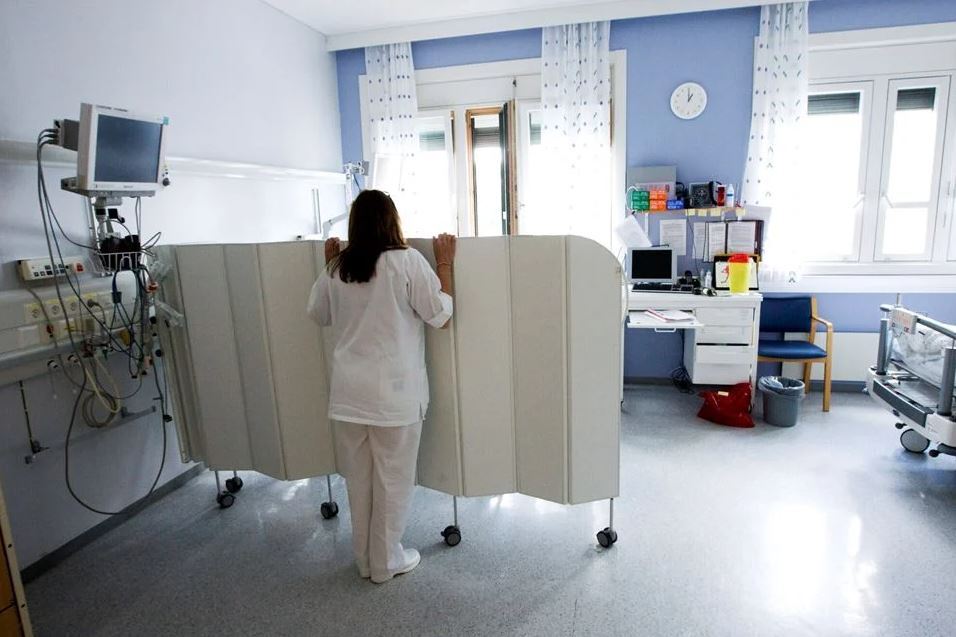Authors:
Gunnar Brataas, Senior Research Scientist, SINTEF
Lisa S. Græslie, Research Scientist, SINTEF
Geir-Erlend Myhre Johansen, IT-coordinator, St. Olavs hospital
Xinlu Qiu, Research Scientist, NTNU
When you buy pencils for a public school, it is easy to describe the need. It is far more difficult to acquire a complex health monitoring system that does not exist before.
For such purchases, there is a promising procurement method - innovation partnership - which we have studied.
This method requires early and exploratory dialogue between the customer and potential suppliers, where the goal is threefold:
Clarify the core of the need, what is possible to create, and then find the best compromise between these two factors. All to make public procurement result in innovation when needed.
Monitoring without traditional sensors
And there will be many innovation needs in the future. With a shortage of healthcare workers and an upcoming wave of elderly people, it is more important than ever to develop innovative solutions.
In our study, we followed the innovation project Autoskår at St. Olav’s Hospital in Trondheim. Here, the hospital established a vision of contactless, automatic, and continuous monitoring of patients in the emergency department.
That is, monitoring without traditional sensors. These are attached to the patient’s body with lots of wires that give the patients little freedom of movement.
The vision opens up for quick reaction in case of deterioration of the patient’s condition. Plus increased control when patient influx is high. For healthcare professionals, this will make everyday life easier. But how to prevent such visions from losing out to predefined requirements?
Exploratory dialogues
To avoid such pitfalls, St. Olav’s received money from Innovation Norway to carry out the procurement through an innovation partnership. This is a new method for public procurement.
In short, it involves a customer and one or more suppliers together developing the new solution that is needed. Therefore, early and exploratory dialogues between the customer and potential suppliers are a central part of the method.
Dialogue with suppliers before needs are formulated in requirements is well known from other innovative procurements. We received money from the Research Council to follow this part of the project at St. Olav’s to identify possible success factors and pitfalls.
Thus, we were among the first researchers to study the dialogue phase in such a procurement process.
Ambitious ambition
Based on this procurement process, work is now underway to develop the monitoring system.
The hospital’s ambitious vision was to measure six important parameters of the patient’s condition contactlessly: pulse, respiration, blood pressure, temperature, wakefulness, and oxygen saturation in the blood. That is, using sensors placed elsewhere on the patient’s body.
We saw that the dialogues gave St. Olav’s the choice between:
Maintaining the vision and thus taking more risk than choosing mature solutions entails.
Make the vision less ambitious and thus take less risk.
Based on dialogues with many suppliers with different technologies, the hospital decided to maintain the vision of a contactless future, but with an important adjustment:
Will “remotely monitor” breathing and pulse
The number of “remotely monitored” parameters was reduced from six to two. Namely, breathing and pulse, which alone provide a good indication of health status.
Without dialogue, these six parameters could have become predefined requirements that would have slowed down innovation.
Measuring six parameters contactlessly and reliably at the same time was considered too demanding in the short term.
… and the recipe for success is
In general, no one can guarantee that an “innovation partnership” will provide usable or innovative acquisitions. But the use of the method in St. Olav’s case thus led to the hospital maintaining its visionary ambition for contactless monitoring. It is already clear.
Our study shows that several factors were crucial for this decision:
- The project group had good anchoring with top management at the hospital and with management at the emergency department.
- Enough time was set aside for busy professionals who played each other well.
- The internal trust in the interdisciplinary project group infected the suppliers who willingly shared their knowledge. This contributed to good feedback on the needs.
- Support from Innovation Norway reduced the financial risk.
Demanding, but can provide great value
The Norwegian public sector purchases goods and services for NOK 600 billion per year.
Through its purchases, the public sector can stimulate the development of new future-oriented solutions, among other things in digitization, health, and sustainability.
Dialogue-based acquisitions are demanding. In return, they provide great value when the result is innovation based on good compromises between the customer’s needs and the suppliers’ ideas about what can be developed.
For Norway’s competitiveness stands and falls with our ability to solve challenges in a smarter and more efficient way than the rest of the world.
The article was first published in Dagens Næringsliv on August 12, 2022 and is reproduced here with DN’s permission.



